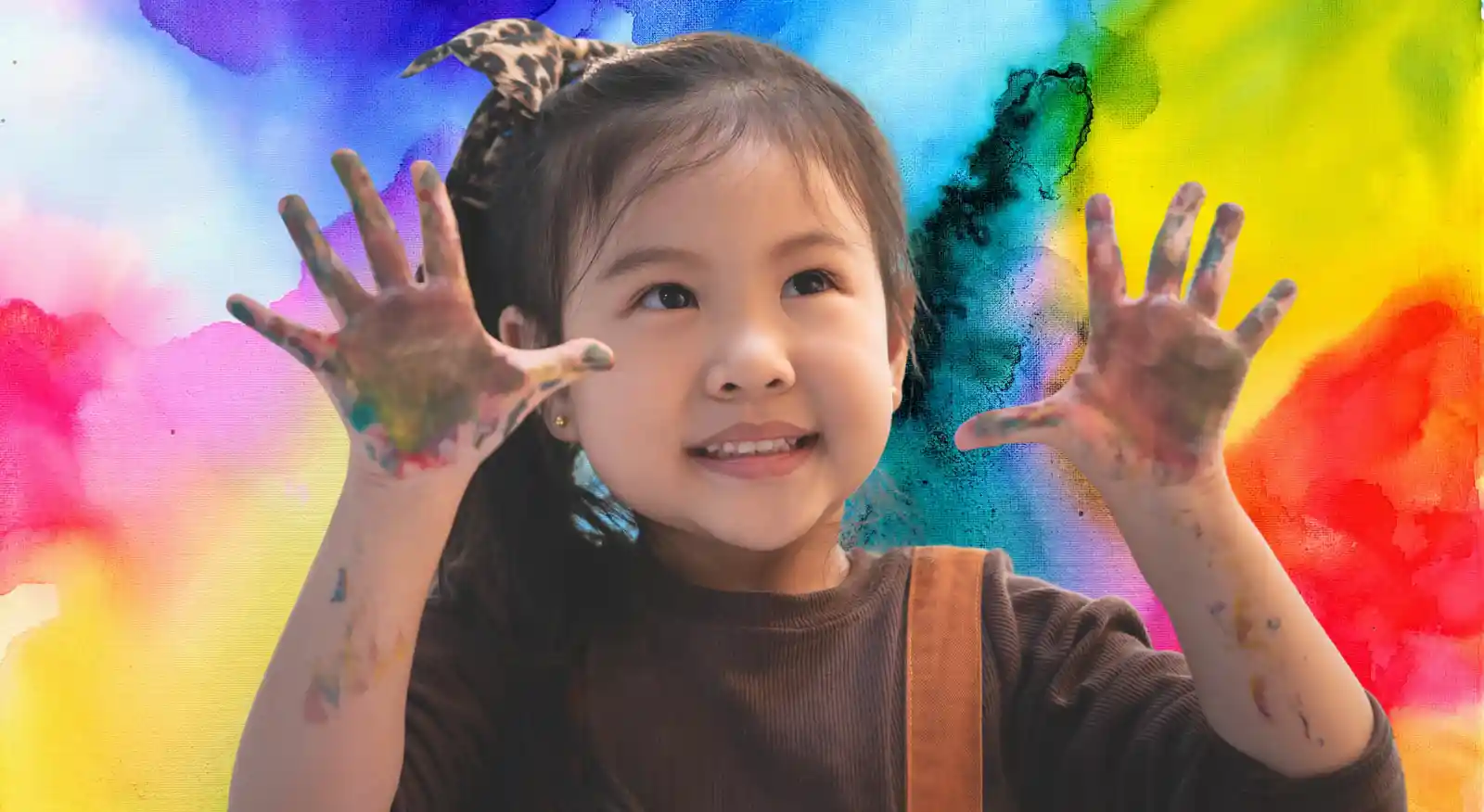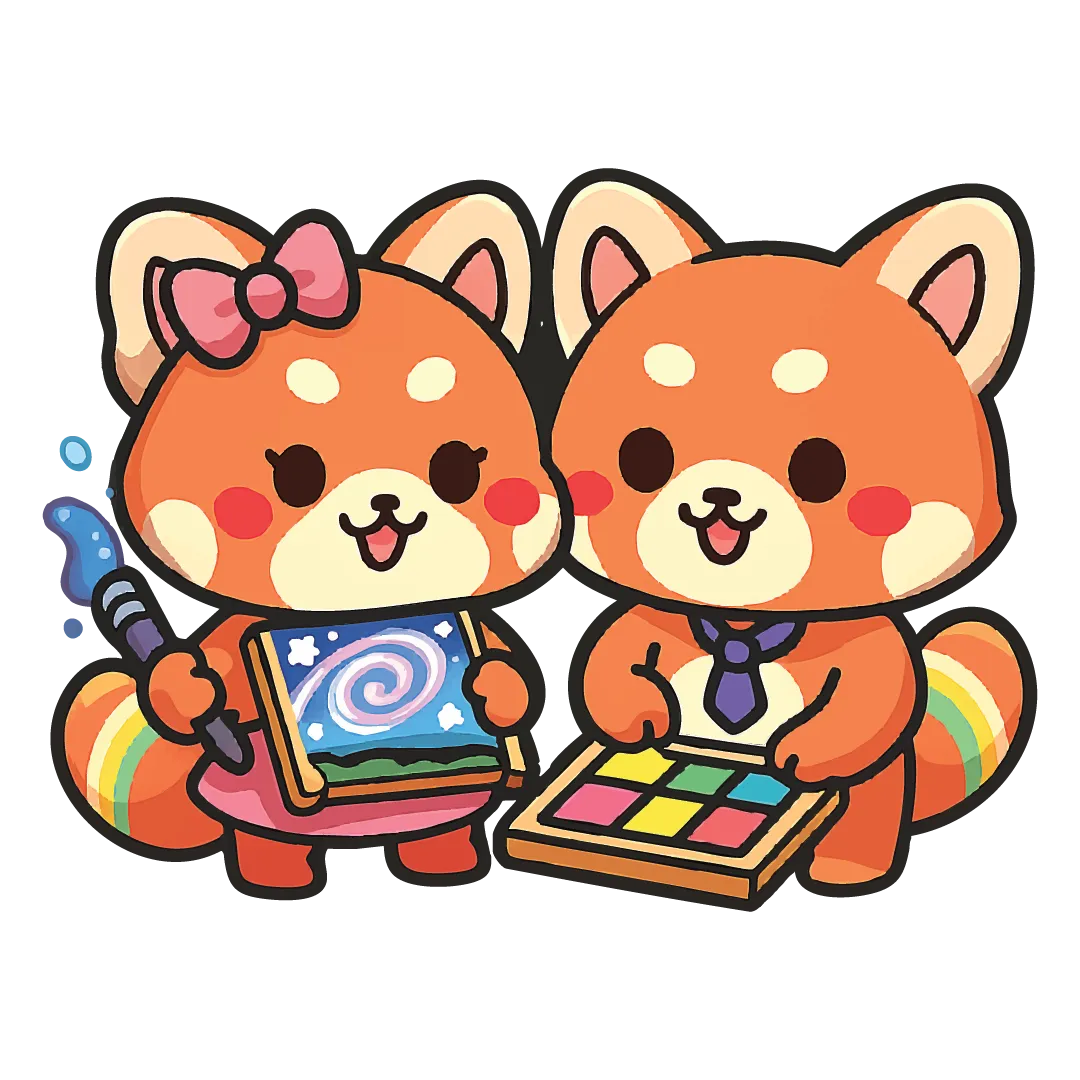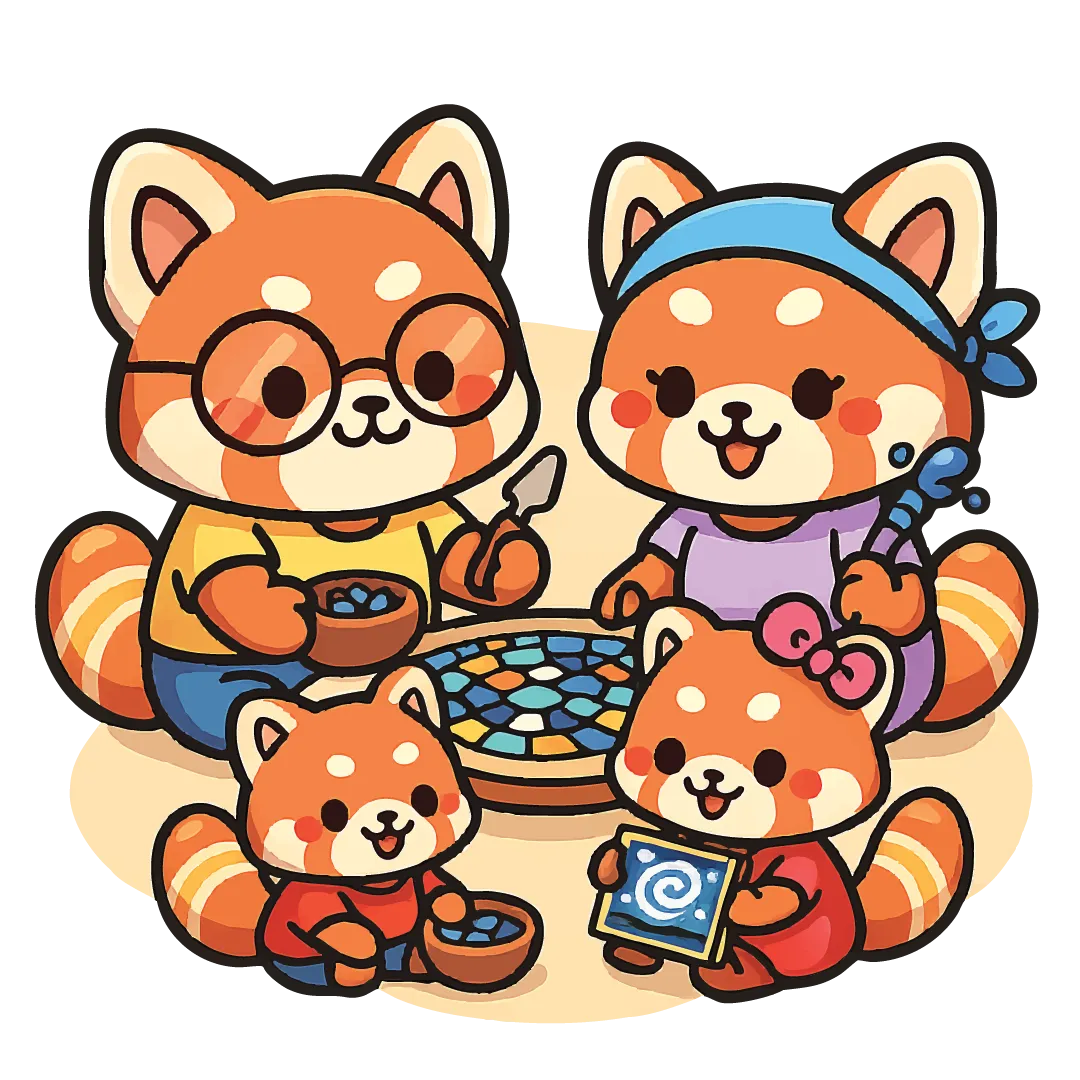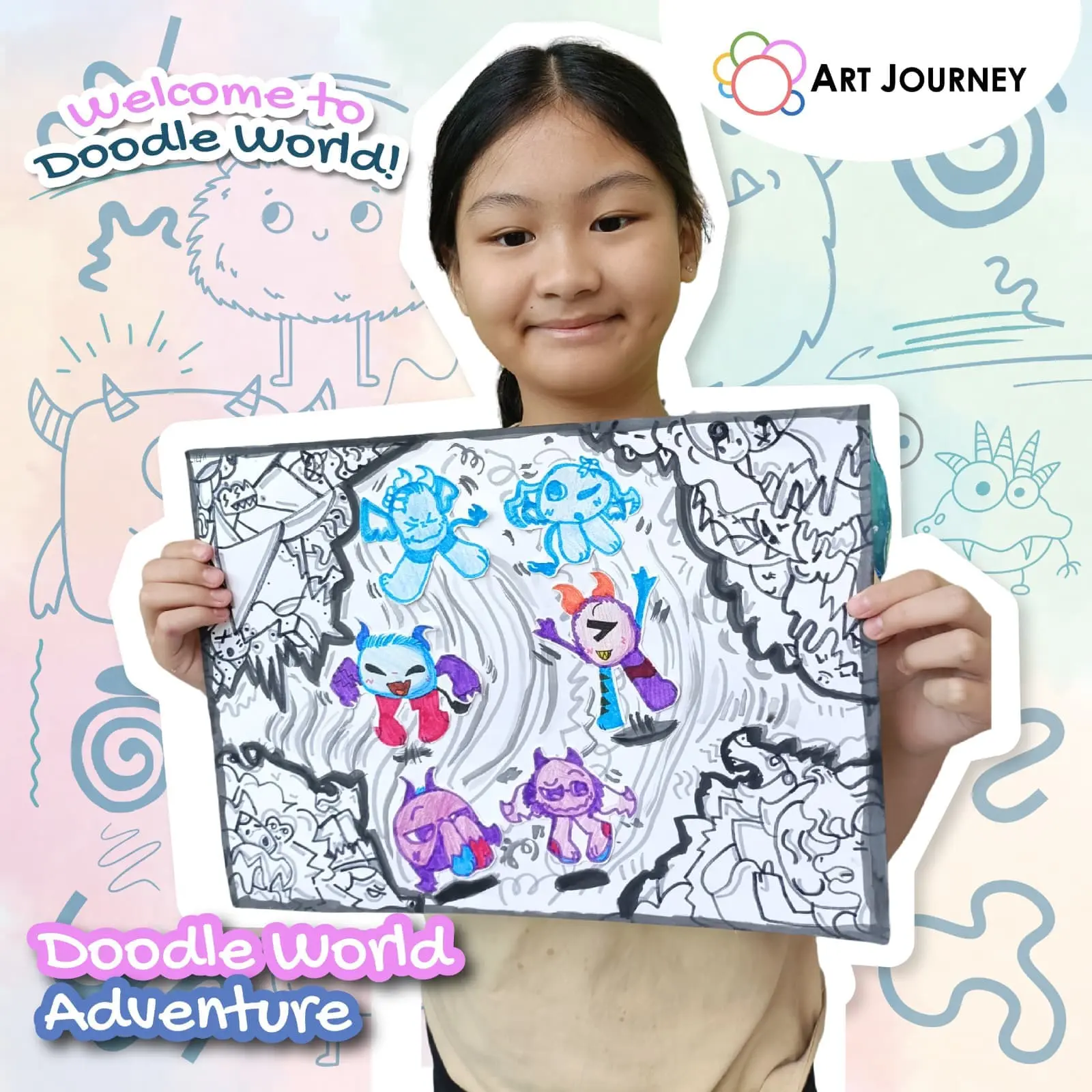
Exploring the World of Colors: Art Education Beyond the Studio
While traditional education focuses on academics, tests, and grades, there’s another side of learning that often goes unnoticed—art education. Beyond the four walls of a studio, art becomes more than just a subject; it becomes a journey of discovery. And at the heart of it all is color—the most vibrant tool for self-expression, creativity, and emotional development.
In this blog, we dive into how exploring the world of colors through art education outside the studio can enhance a child’s (and even an adult’s) learning experience in ways that textbooks never could.
Why Color Matters in Art Education
Color is one of the first things children interact with when they begin drawing or painting. From the excitement of choosing their favorite crayon to mixing new shades for the first time, color is a gateway to creativity. But more than just being beautiful, colors influence emotions, stimulate thinking, and shape perception.
Here’s why color exploration is essential in learning:
- It helps children express feelings when words fall short
- It trains the eye to notice subtle differences, improving visual skills
- It allows for imaginative storytelling and interpretation
- It creates a joyful learning experience, increasing engagement
The Limitations of Studio-Based Art
In many school systems, art education is often limited to a few periods a week, restricted projects, and a one-size-fits-all curriculum. While it’s a good start, it rarely provides the depth or freedom necessary for children to explore the full spectrum of creative expression—especially when it comes to understanding and using color.
Factors that limit school-based art include:
- Time constraints
- Focus on results rather than process
- Limited materials or tools
- Lack of exposure to diverse art forms or color theory
How Art Outside the Studio Fosters Color Exploration
When art education extends beyond the studio—through workshops, art studios, community programs, or even home sessions—children and adults gain access to a richer, more personal artistic journey.
Here’s how:
- Freedom to Experiment
Without grades or strict rubrics, learners can play with colors freely. They can discover what happens when blue meets yellow or how layering creates depth. This trial-and-error approach strengthens creativity and problem-solving.
- Exposure to Advanced Color Theory
Beyond primary and secondary colors, students get introduced to concepts like:
- Warm vs. cool colors
- Complementary and analogous color schemes
- Mood and meaning of color
- Cultural interpretations of colors
This deepens their understanding of how to use color effectively in art and design.
- Use of Diverse Mediums
From watercolor and acrylics to oil pastels and digital art, each medium interacts with color differently. Experiencing a wide range gives learners the chance to explore texture, blending, layering, and transparency in exciting ways.
- Emotional Awareness Through Color
In art workshop beyond the studio, instructors often encourage students to use color to represent emotions or tell a story. Children learn that red can represent anger or love, and blue might feel calm or lonely. This builds emotional intelligence and empathy.
- Cultural & Artistic Context
Many out-of-school programs introduce children to famous artists and cultural traditions through color:
- Van Gogh’s vibrant yellows
- Picasso’s blue period
- The symbolic reds in Chinese art
- Aboriginal dot paintings in earthy tones
This global perspective helps children see how color is used across time, culture, and context.
Why Parents Should Encourage Art Exploration
Parents play a crucial role in their child’s creative journey. Supporting art education outside of school has many long-term benefits:
- Increased Confidence: Children feel proud when they create something meaningful
- Improved Academic Skills: Studies show that artistic thinking supports literacy, math, and science
- Stronger Communication: Art helps children express ideas in non-verbal ways
- Better Emotional Regulation: Using color to work through feelings can reduce anxiety or frustration
Tips for Encouraging Color Exploration at Home
You don’t need to be an artist to support your child’s interest in colors and art. Here are a few simple ways:
- Set up a mini art corner with crayons, paints, and markers
- Explore nature and talk about the colors you see
- Try DIY color-mixing projects using food coloring and water
- Watch short videos about famous painters or artworks
- Enroll in weekend workshops for quality creative time together
Art Journey: A Hub for Colorful Exploration
At Art Journey, we provide a welcoming and inspiring space where children and adults can immerse themselves in art without pressure. Our workshops and workshops are built around fun, discovery, and self-expression—with a special focus on the power of color.
Here’s what you’ll find at our sessions:
- Personalized guidance from experienced instructors
- Projects designed to develop visual thinking and color confidence
- Opportunities to explore both traditional and modern art forms
- A supportive environment where every idea is welcomed
Whether you’re a beginner or already passionate about art, our sessions open up a whole new world of color exploration.






